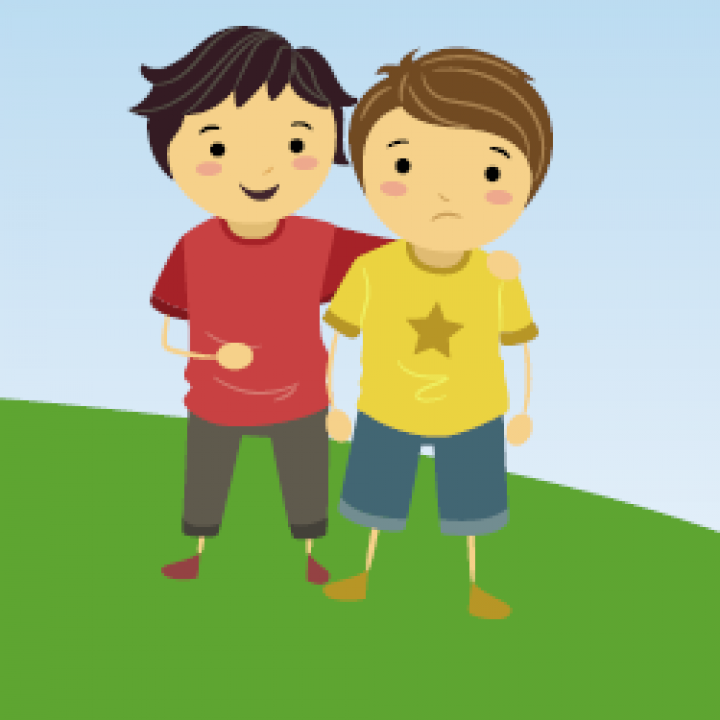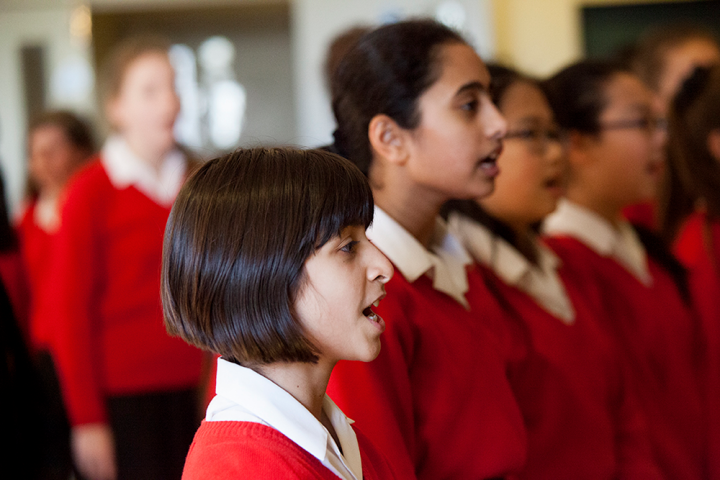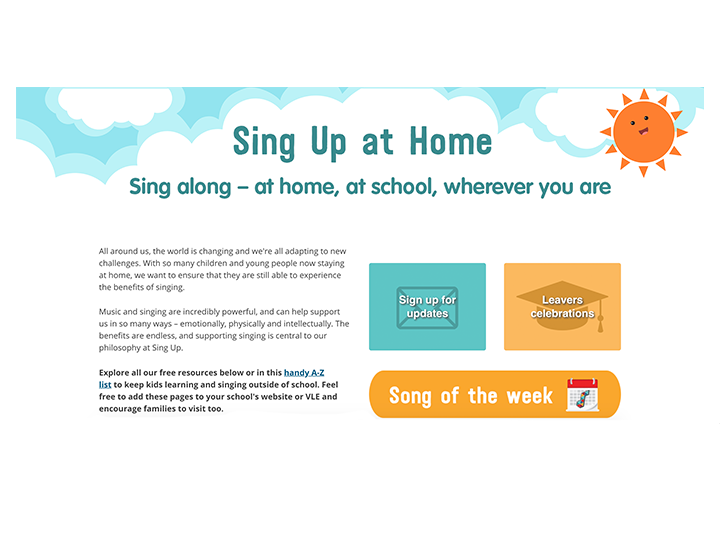
Have you noticed how often the mental well-being of children is mentioned in the news these days? With 20% of our children being vulnerable at some time and a further 10% with additional needs, we should indeed be thinking about strategies to develop positive mental health. Are we in the middle of a crisis? Well if it was 30% of our children having unmet physical needs, we would certainly say so!
What has brought this situation about? We know that children are born hard-wired for love, but for some the software of their experiences leads to poor attachment, which in turn sets off patterns of self-doubt, shame and emotional isolation. Deprivation, emotional and physical, is the biggest determinant of mental ill-health. Babies that do not have the emotional building blocks in place in their first year and children who have not learnt to make good social/emotional contact by the age of eight are at extreme risk, both cognitively and emotionally. The hormones of love support learning; the chemicals of fear and anxiety inhibit memory and neurological development.
You can make a difference. As loving human beings we do not need to be ‘experts’ to understand the human need for comfort and recognition. Research shows that it takes just one significant relationship to reverse the trend. We do not need to give emotionally vulnerable children something different from children with good mental health; we need to give them much, much more of the same.
Resilience is the key to positive mental well-being. Resilience is about being able to self-soothe in times of stress, to regulate your own behaviour, to have empathy and open-mindedness, to reflect, to enjoy vitality, creativity and doing things for others. It is about finding pleasure in places, pets and plants, recognising those happy moments and having hope. It enables us to know that we are not going to drown in the feelings of the moment, that we will survive and thrive. We will feel the depths of sadness and loss but we will also know that we have a relationship with ourselves and others that carries on after such experiences. Resilience is an entitlement for all children. It is the building block for life – think of it as ‘mental wealth’.
What can you do?
Teach the language of feelings, words like: nervous, low-mood, anxious, self-esteem, confident, self-worth, self-critical, balanced, resilience. With young children reinforce the words through feedback: ‘Yes, I can see that you are angry’, and adopt their chosen expressions too, like ‘I feel bad-tummy’.
Create a feelings chart on which students can place their names throughout the day so that the teacher and other children can monitor emotions and adapt. With older students, release the strain of fitting in with the crowd with exercises such as ‘write a list of what most people think you are... and a list of who you know you are’. Discussion, artwork or creative writing activities could follow on.
Make a memory book. Some children cannot perform consistently in the classroom environment and need to be reminded of their achievements. Make a book of tasks completed, enjoyed or done well to admire together on ‘off days’. Then do familiar and repetitive activities until resilience is restored. Photo albums of trips, concerts, and hair styles can give an older student evidence of change when their low mood is overwhelming and they feel a bad time will never end.
Teach coping mechanisms:
- How to make a friend.
- Throw away lines to subvert bullying.
- Relaxation techniques.
- What to do while waiting for a teacher’s attention.
- How to move around the playground ‘looking tall’.
- Conversation starters for difficult chats with parents.
- How to help a friend who is unhappy or bereaved.
- Identifying who is on your team and how to spend more time with your genuine supporters.
All of these show children how to choose and make healthy relationships and keep them going, how to tap into good influences, how to belong and how to cope so that they can develop a sense of their emotional core. In teenage years this will help to reduce risky behaviours.
Build in a time for reflection on the day or week, identifying the ‘best bits’. Make statements of appreciation and identify which of their ‘well-being 5-a-day’ they had.
Did they…
S – Socialise, M – Move about, I – have an Interest, L – Laugh and E – Enjoy…
Did they SMILE?
Tell a vulnerable young person that you will be thinking about them, or did think about them, over the weekend. The very fact that you are holding them in your thoughts can radically change their perception of themselves.
Draw attention to change, be that talking about sports results, the onset of winter, or liking different music/fashion. None of these are directly flagging up emotional issues. It is enough to say, ‘that was then and this is now’. Practise with them the art of possibility. Your bank balance is rich with solutions for emotional wellness. Practice what you preach – and SMILE!
SMILE Song Bank songs
S: Count on me / Consider yourself / Build it high / H.E.L.L.O.
M: 60 minutes / Find the striker / Bungalow
I: Raise my voice / Football
L: Giggle song / Isn't it nice
E: Life is a highway / Life is what you make it
 Marilyn Tucknott is an MA Mental Health Educator and Consultant and author of Emotional Wealth Journals: Key Stage 1 Being Me; Key Stage 2 Understanding Me; Key Stage 3 Live out Loud; Key Stage 4 It’s all in the Mind. www.marilyntucknott.com
Marilyn Tucknott is an MA Mental Health Educator and Consultant and author of Emotional Wealth Journals: Key Stage 1 Being Me; Key Stage 2 Understanding Me; Key Stage 3 Live out Loud; Key Stage 4 It’s all in the Mind. www.marilyntucknott.com



